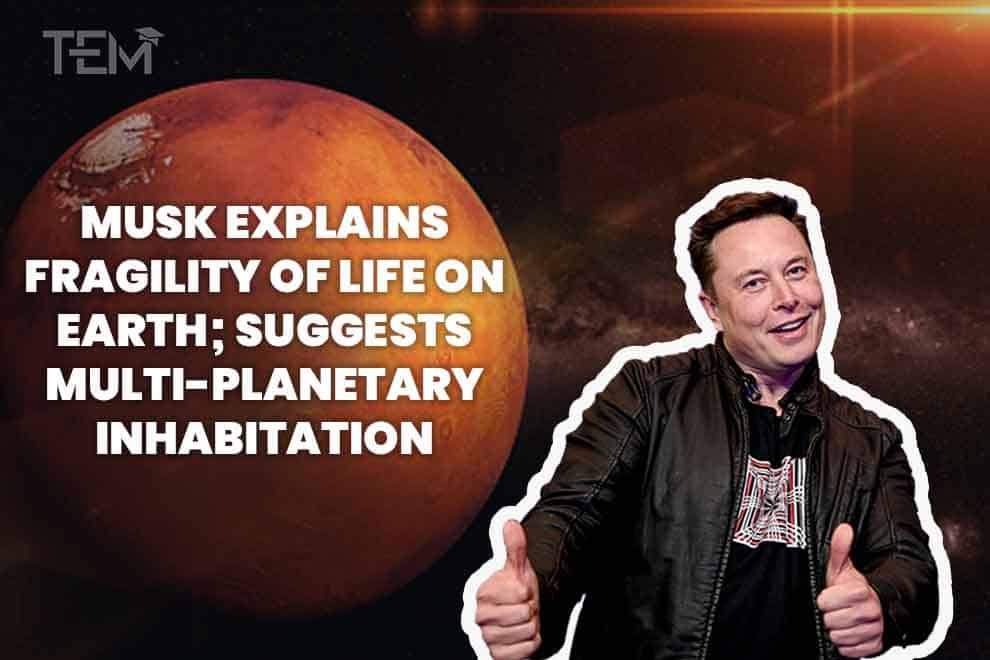In his latest tweet, SpaceX CEO Elon Musk explained on Twitter “Humanity needs to prepare to go interstellar before its too late.”
In his tweet, Musk explained how SpaceX’s latest launch would help humanity protect Earth against asteroids. The long-term goal, however, is to build a self-sustaining city on Mars that would ensure humanity’s survival—in case of a catastrophe on the Earth. “If we are able to make life self-sustaining on Mars, we will have passed one of the greatest filters. That then sets us up to become interstellar,” he added.
Double Asteroid Redirection Test (DART)
Musk’s tweet came after SpaceX launched NASA’s Double Asteroid Redirection Test (DART). The mission was launched on 23 Nov 2021 from Space Launch Complex 4 East at Vandenberg Space Force Base in California.
NASA bills it as “humanity’s first planetary defense test mission,” and the goal is to see whether crashing a spacecraft into an asteroid could change its course. The target is the smaller of the Didymos binary asteroids, measuring 160 meters (524 feet) across. DART will strike the moonlet in September 2022, around 11 million kilometers (seven million miles) from Earth at a speed of 6.6 kilometers per second (14,764 mph).
According to Musk, the mission shows the fragile nature of life on Earth. His tweet further read, “This will be really important one day. Much is made of meteor impacts that destroyed most life on Earth, but there were far more than ‘merely’ destroyed a continent. Comets (not asteroids) are the real wild card, as we’re only able to track ~4600 out of ~1 trillion.” He further added that if we do not act fast, humanity could run out of time.
Multi-Planet Species
The launch plan is part of SpaceX’s long-term goal to transform humanity into a multi-planet species. It begins with the Starship—a fully-reusable rocket currently under development in Texas—that is capable of sending over 100 people or 100 tons to space at a time. Moreover, SpaceX aims to host the first orbital flight sometime in 2022.
From there, the spacelight firm aims to send the first humans to Mars at some point during the 2020s. This will be the first step toward establishing a full-size city of 1 million people on Mars by 2050. Musk further envisions the city to be self-sustaining, hence, if regular supplies from Earth stopped one day, the city could still function.
Moving Humanity Beyond ‘Great Filter’
Musk aims to move humanity beyond what is considered the great filter. He suggested that one of the great filters could be the inability to become multi-planetary and his long-term goal of establishing the Mars city, which could then pave the way for further advancements.
SpaceX designed Starship for full reusability and refueling using in-space resource utilization. Its liquid oxygen and methane fuel mean humans could refuel using resources available on Mars and either return to Earth or venture out further—establishing a planet-hopping network along the way.
The ship won’t take humanity to other stars, but Musk suggests that establishing a second home for humans would increase the chances of reaching other stars in the far future. It would mean that if a catastrophe wipes out humanity on Earth, work could continue on the Mars base or any other established settlements.
Read More: Cosmic rays adding life to the earth










